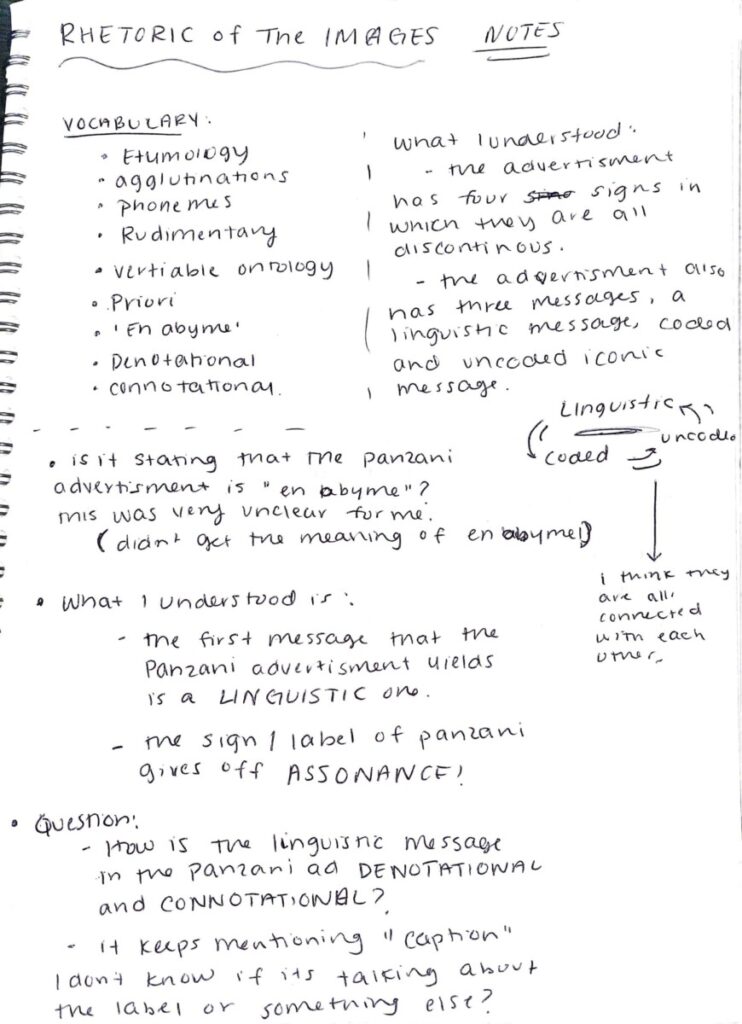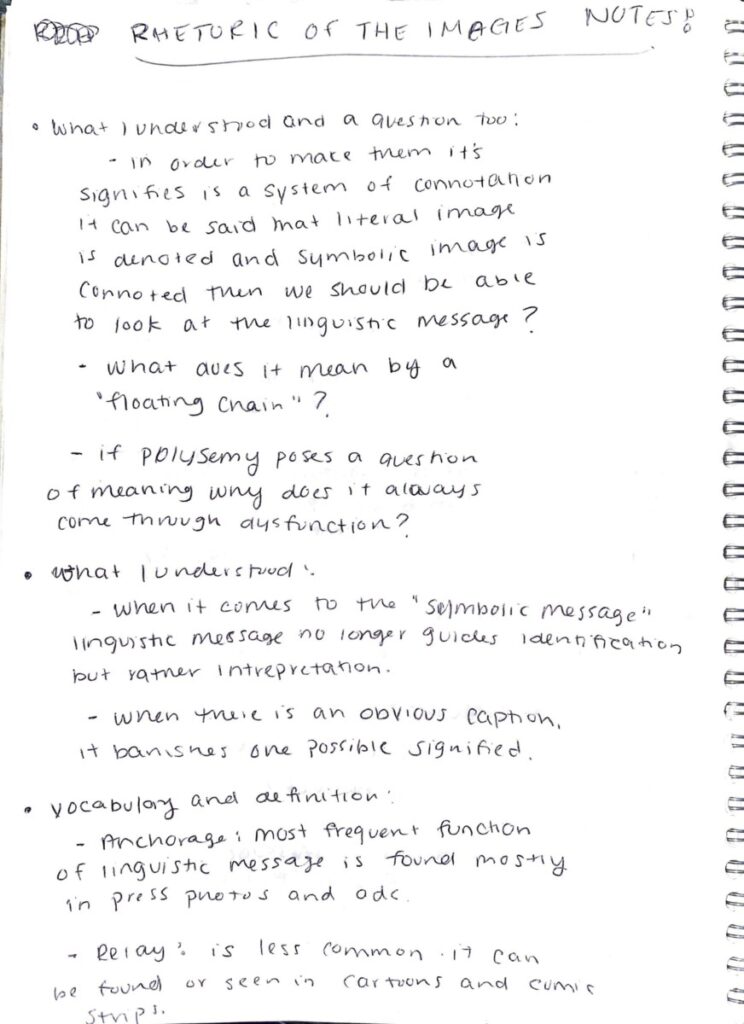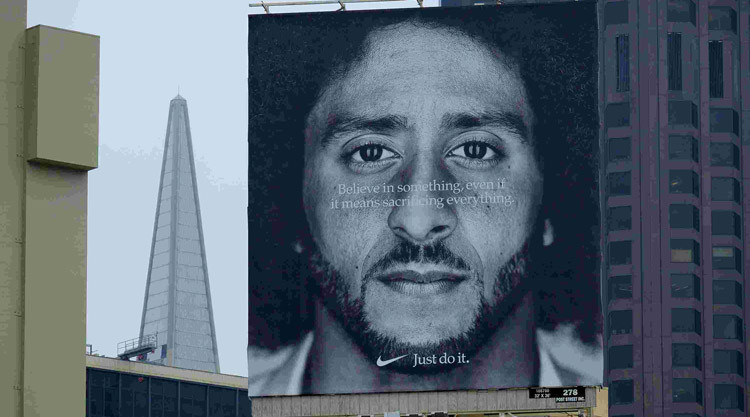Author: Muna (Page 1 of 2)
mainstream is the art that is known to people, that is out there quite different from what underground is. Mainstream is what gets an individual’s consideration, making them believe that it is a fascinating phenomenon. On the other hand, underground is the total opposite of what mainstream is which really isn’t “out there”. People are not familiar with underground. Personally, things like mainstream and underground remind me of the terms overrated and underrated.
According to Heller’s The Underground Mainstream, “Mass marketers steal ideas from visionaries, alter them slightly if at all, then reissue them to the public as new products”. Basically mass marketers strategize to aim and appeal to a large amount of audience ignoring niche demographics and in that process they take away the visionaries concepts, change them around a bit then publicize them as new items. Contemporary design can be characterized as works that have been created since World War II up to the current day, and reflects what is presently in style. Adding to that I believe that contemporary design is mainstream, because till this day people still use contemporary design such as futurism, late modern style and so on and so forth.
As for my presentation I am going to be doing a compare and contrast project of two famous graphic designers, Paul Rand and Paula Scher. I will be talking about their designs and their design theories, how different or similar they are from each other. Paul Rand has brought his gestalt theory and avant-garde to the design world here in America. He uses the combination of media and typography into his works. He has done many famous works that are still in use today, technically falls in the mainstream category as well as Paula Scher who created a lot of typography designs that used russian constructivism.
–
Works Cited
Bhatti, Faizan. “Graphic Design Styles.” Medium, Medium, 2 Nov. 2017, bhattifaizan.medium.com/graphic-design-styles-fa85aff1ff69.
“Paul Rand, Everything Is Design! The Man Who Changed the Face of the USA.” Graphéine – Agence De Communication Paris Lyon, 3 Oct. 2019, www.grapheine.com/en/history-of-graphic-design/paul-rand-everything-is-design.
“Underground Mainstream.” Design Observer, designobserver.com/feature/underground-mainstream/6737.



https://www.nytimes.com/2017/04/05/business/kendall-jenner-pepsi-ad.html


Reading the excerpt from Marshall McLuhan’s book called “ Understanding Media: The Extensions of Man” talks about how media has changed humans lives, not the content of it but the medium.
In the reading,McLuhan sees that media is communicating its own importance and that content once in a while has a genuine impact on individuals, though the medium has solid impact. Humans especially nowadays rely on the media so much that it became part of their life. For instance, your arm is an extension to your body; it is a part of you and you rely on it for daily needs and purposes. We use our arms and hands to use different tools like using a spoon to eat. The spoon also becomes an extension. This broadens our abilities beyond what we can physically. With technology/media there is virtually no limit to how far humans can extend.
McLuhan famous line from the book states “ The Medium is the Message”. What it basically means is that the medium through which we decide to exchange information holds as much, if not more, worth than the message itself. It is really not the content that is important but it is how we give and receive the content that makes quite the impact. McLuhan believes technology to be the extension of humans, like I mentioned above humans rely on the internet quite a lot even designers. For a designer, the most powerful medium is the internet. For them to design and pass on the message they want convey, is through the internet and internet is the designer’s extension.
Reading these three short texts have made me fully realize and understand how one should design. Jan Tschichold is one of my favorite typographic designers, his simple yet bold design style is fascinating.
In Jan Tschichold’s “The New Typography” it discusses how a typographical design should be full of clarity and not too overwhelming too look at. In that case, I strongly agree because imagine looking at a design work where your eyes wander from one place to another not knowing exactly what to read first or to stop at. It makes it very difficult to understand the concept of the whole layout. I’m the text, it shows a typographical design layout where there was lots of type scattered with different typefaces and ornaments. It was honestly terrible to look at, it did not give negative space a chance. Tschichold himself then redesigned it and made it very clear and simple which I’m very sure it was appealing for the audience to look at. He removed the ornaments giving the layout white space, lessened the amount of typefaces and used bold font for important text details.
Another text was Josef Müller-Brockmann’s “Grid and Design” shows us how using a grid can keep chaotic, messy, and irrational design elements under control. We still use grids as today and it shows how effective it is. Basically, in the design world, designers should always keep in mind these very important things. Design layouts should not be overwhelming and chaotic for the viewers to understand, it is okay to give more white space instead of ornaments. It’s also fine to use less typeface rather than five and it’s fine to use the most useful way in designs which is the grid.
Reading these short texts have given me an a detailed understanding of how designing can be a real talent, how typography, photography, language as in grammar and vocabulary are a very important tool in the design world.
In the short reading “ The Theory and the Organization of the Bauhuas” by Walter Gropius, the part that stood out the most was “schooling alone can never produce art” I can somewhat agree with that because I myself never really knew about graphic design never thought of being one I grew up to like drawing that’s it. Even though some might not have the talent to become a designer but being ambitious about it will give you an opportunity. He also mentions of having to learn grammar and vocabulary and I believe those are very important elements in the art/design world because they bring a different way of communication into our designs.
The reading “On Typography” by Herbert Bayer shows how he reduced his letterform designs by eliminating capital letter and serifs. He talks about the universal communication and how there is a barrier between languages that a universal visual medium has to be evolved, the only way is for science to step up and support. The evolution of typography and design have changed drastically especially technology wise, like what Herbert Bayer said “… we will write and read less and less and the book may be eliminated all together”.



Recent Comments